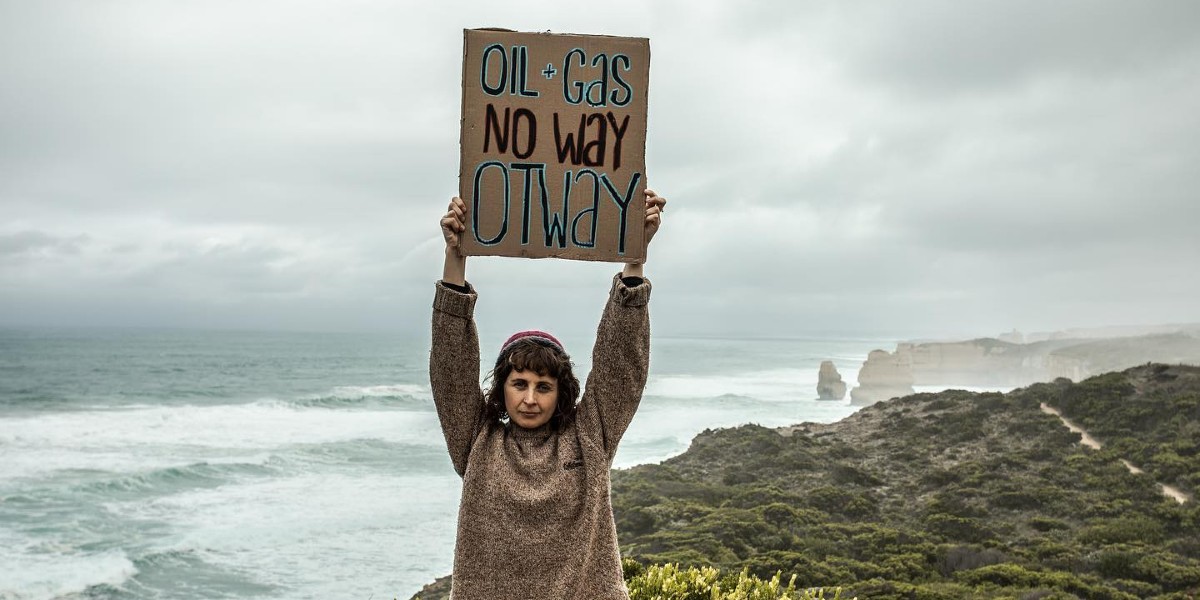Potential spills from gas wells planned of the coast are alarming environment groups.
Fossil fuel giant ConoccoPhillips has released modelling on where contaminants may leak should something go wrong with its six test wells at two undisclosed sites off the coast.
Varying scenarios show spills spreading to Jervis Bay in NSW, Macquarie Harbour in Tasmania and throughout the Great Australia Bight.
The forecasts are contained in the company’s environment plan (EP) that’s now with the federal regulator, the National Offshore Petroleum Safety and Environmental Management Authority (NOPSEMA).
A consistent critique of such projects are the relatively short periods people have to respond to what are large, technical submissions, for projects critics say appear ultimately destined for approval regardless of the feedback they give.
“We’ve got 30 days…as the general public to make a comment on this 810 page document,” Lousie Marr from the Australian Marine Conservation Society said.
ConoccoPhillips and project partners 3D Oil appear so sure of being given the green light for their six gas test wells a drill rig was booked in July.
“Activity is scheduled to commence no earlier than 1st of April 2024,” the company’s EP states.
“The exact timing dependent on the receipt of environmental approvals and the availability of a mobile offshore drilling unit (‘MODU’).”
Ms Marr says the EP highlights numerous areas of concerns, such as the amount of time it would take to try and contain a potential spill.
“They’ve said it’s going to take at least 90 days for them to be able to stop the flow…getting another rig from somewhere near the equator down to pump a release well…or cap it in cement,” she said.
The group has setup an information page about the proposal, that includes an animation of how far the spill could spread and what mammals would likely be impacted.
Lisa Deppler from the Otways Climate Emergency Action Network says her volunteer group typically dedicates its time trying to prevent projects like that from ConoccoPhillips from getting to the development phase, and believes most people in the region are unaware of the “industrial development” of the fossil fuel sector off the coast.
“Especially off the coast of Port Campbell there with Beach Energy…there’s quite a maze of pipes already existing,” she said.
“It’s all submerged, I’ve sailed to Adelaide and sailed straight over it…you don’t know it’s there.”
Ms Deppler says its the potentially highly visible presence of the industry that are among her greatest concerns.
“Just because they’re looking for gas doesn’t mean they might not hit pockets of oil, there’s always a massive risk of that, and of course there’s always a massive risks that oil might escape.
“The ember footprint is pretty massive…I can’t imagine that along our beautiful west coast of Victoria.”
Then there’s the emissions from the project, which under Australian law do not have to factor in the pollution from their export or eventual combustion.
Over the four years of the project its expected almost 200,000 thousand tonnes of CO2 will be released from the vessels, flaring, drill rig and helicopters. That equates to annual emissions from around 200,000 cars
Public submissions on the proposal are open until December 18, and can be made by clicking here.









